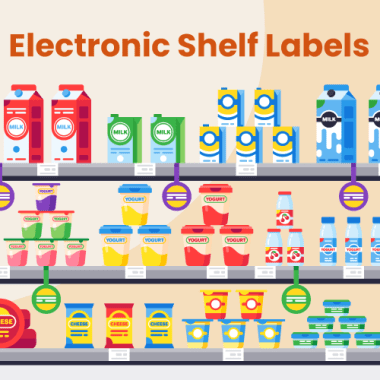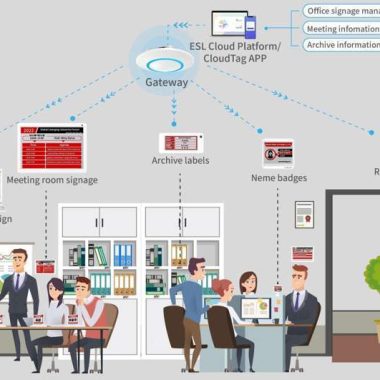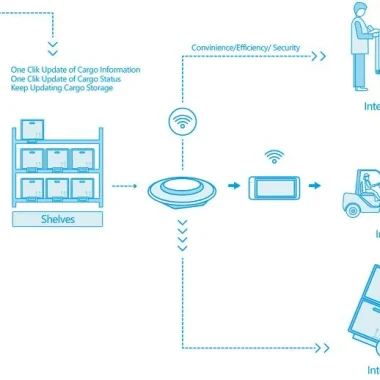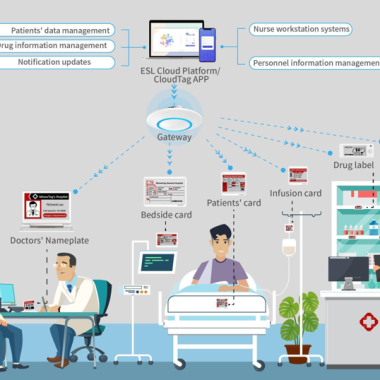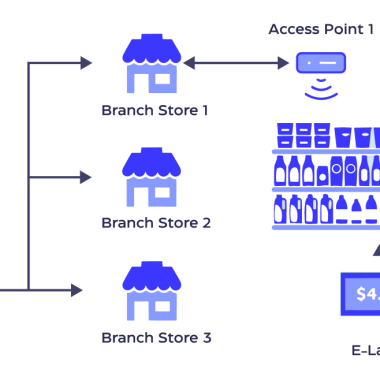Implementing ESL (Electronic Shelf Label) tags in fuel management
Implementing ESL (Electronic Shelf Label) tags in fuel management can bring numerous benefits, including:

– Real-time Fuel Level Monitoring: ESL tags can provide real-time fuel level monitoring, enabling fuel managers to track fuel levels, detect leaks, and optimize fuel usage.
– Automated Fuel Tracking: ESL tags can automate fuel tracking, eliminating the need for manual data entry, and reducing the risk of errors.
– Improved Fuel Inventory Management: ESL tags can help fuel managers optimize fuel inventory levels, reducing the risk of stockouts or overstocking.
– Enhanced Security: ESL tags can provide an additional layer of security, enabling fuel managers to track fuel usage, detect unauthorized access, and prevent fuel theft.
– Increased Efficiency: ESL tags can automate many administrative tasks, such as fuel tracking, inventory management, and reporting, freeing up fuel managers to focus on more strategic tasks.
– Reduced Costs: ESL tags can help reduce costs by optimizing fuel usage, reducing waste, and minimizing the risk of fuel theft.
Some potential applications of ESL tags in fuel management include:
– Fuel Storage Tank Monitoring: ESL tags can monitor fuel levels, temperature, and pressure in storage tanks, enabling fuel managers to optimize fuel storage and reduce the risk of accidents.
– Fuel Dispenser Management: ESL tags can track fuel dispenser usage, monitor fuel levels, and detect unauthorized access, enabling fuel managers to optimize fuel dispenser operations and reduce the risk of fuel theft.
– Vehicle Fueling Management: ESL tags can track vehicle fueling, monitor fuel usage, and detect unauthorized access, enabling fuel managers to optimize vehicle fueling operations and reduce the risk of fuel theft.



